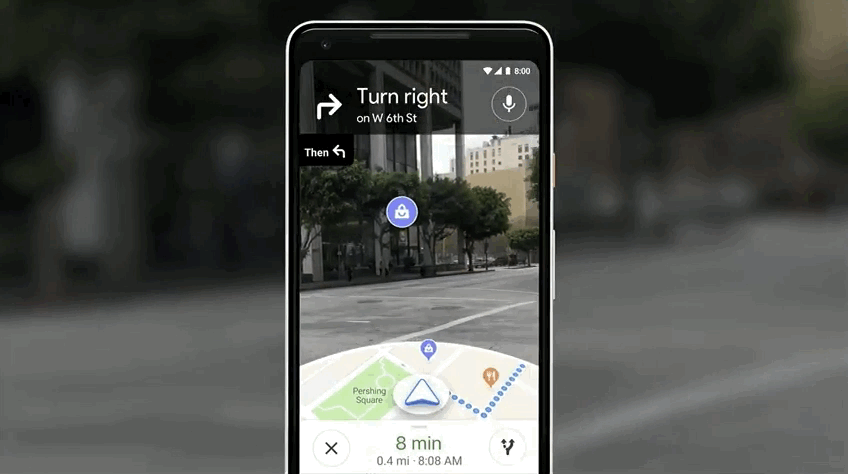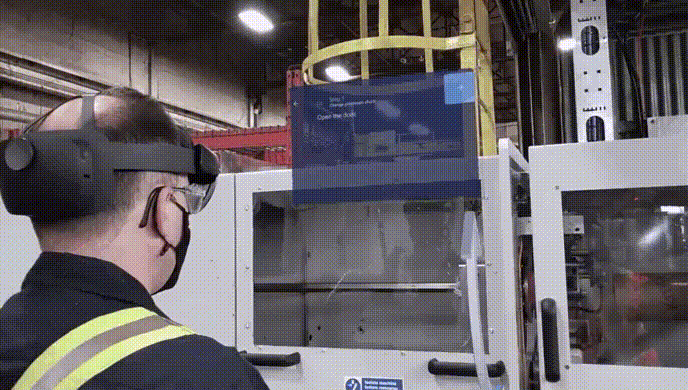Companies are constantly looking to improve their training processes. They must not limit themselves to current methods, but must move forward in search of new solutions that speed up and improve processes.
When it comes to extended reality (XR), there’s a nomenclature that is beyond the scope of many people’s knowledge. Sometimes, it’s difficult to materialize these concepts
In the workplace, al these technological solutions have improved training conditions. It’s estimated that 4 hours of conventional training is equivalent to 15 minutes of simulation to obtain the same results. This means that training becomes a much more efficient process. For this very reason – and because of the inescapable need to adapt to this increasingly digitalized world – it is our task to provide a good definition of XR-related products.
To understand the broad spectrum that separates the real world from the virtual world, we travel back to 1994, with Paul Milgram and Fumio Kishinoel. They were the first to make theoretical sense of the reality-virtuality duality, and they did so simply by drawing a line of continuity between the two dimensions.

At the begining of the line we find the real world: everything we can see through our eyes.This is the place where our daily lives take place.
On the far right, we have the virtual world, an artificial space, created thanks to the advance of technology, in which we can immerse ourselves through different devices. The greater the immersion, the closer we are to a complete virtual experience.
So, what lies between these two extremes? The reality-virtuality continuum can be traversed in both directions. This means that, from either extreme, we can move towards the opposite and, in this way, create “more virtual” or “more real” technological products. This is where we find extended reality (XR), which encompasses augmented reality (AR), Virtual Reality (VR) and Mixed Reality (MR).
Augmented reality is, as its name suggests, the combination of virtual elements in the real world. Virtual reality is the combination of virtual elements in a virtual world and the combination of both is known as Mixed Reality.
Each of them has different applications in the industry:
 Augmented Reality: as we have said before, is the combination of the real world with virtual elements viewed from different devices. This technology is often used in Industry 4.0 to improve performance in assembly and maintenance operations.
Augmented Reality: as we have said before, is the combination of the real world with virtual elements viewed from different devices. This technology is often used in Industry 4.0 to improve performance in assembly and maintenance operations.
 Virtual reality: This is the creation of a total y new world, a completely immersive experience. In Industry 4.0 it is mainly used to perform simulations of work areas, as a way of remote training. The incorporation of Virtual Reality reduces costs and risks for the worker.
Virtual reality: This is the creation of a total y new world, a completely immersive experience. In Industry 4.0 it is mainly used to perform simulations of work areas, as a way of remote training. The incorporation of Virtual Reality reduces costs and risks for the worker.
 Mixed reality: Almost reaching the extreme right of virtuality, we find mixed reality, which is usual y used for remote assistance, al owing the worker to act immediately upon orders or indications from a superior.
Mixed reality: Almost reaching the extreme right of virtuality, we find mixed reality, which is usual y used for remote assistance, al owing the worker to act immediately upon orders or indications from a superior.
Although when we think of these technologies, we cannot help but think of the smartphone inside huge glasses, we must bear in mind that this is the pust now. There are much more sophisticated products that al ow a deep immersion in the virtual world and al ow the user to have real sensations through virtual stimuli.
There is stil a lot to explore: if after 25 years of Milgram and Kishinoel’s theory we have advanced technology to the point where we are now, imagine what can happen from now on.
If you have a training chal enge in your company today, let us know, we wil advise you on what solution is best suited to solve that chal enge and accelerate your training and production processes. Contact us at